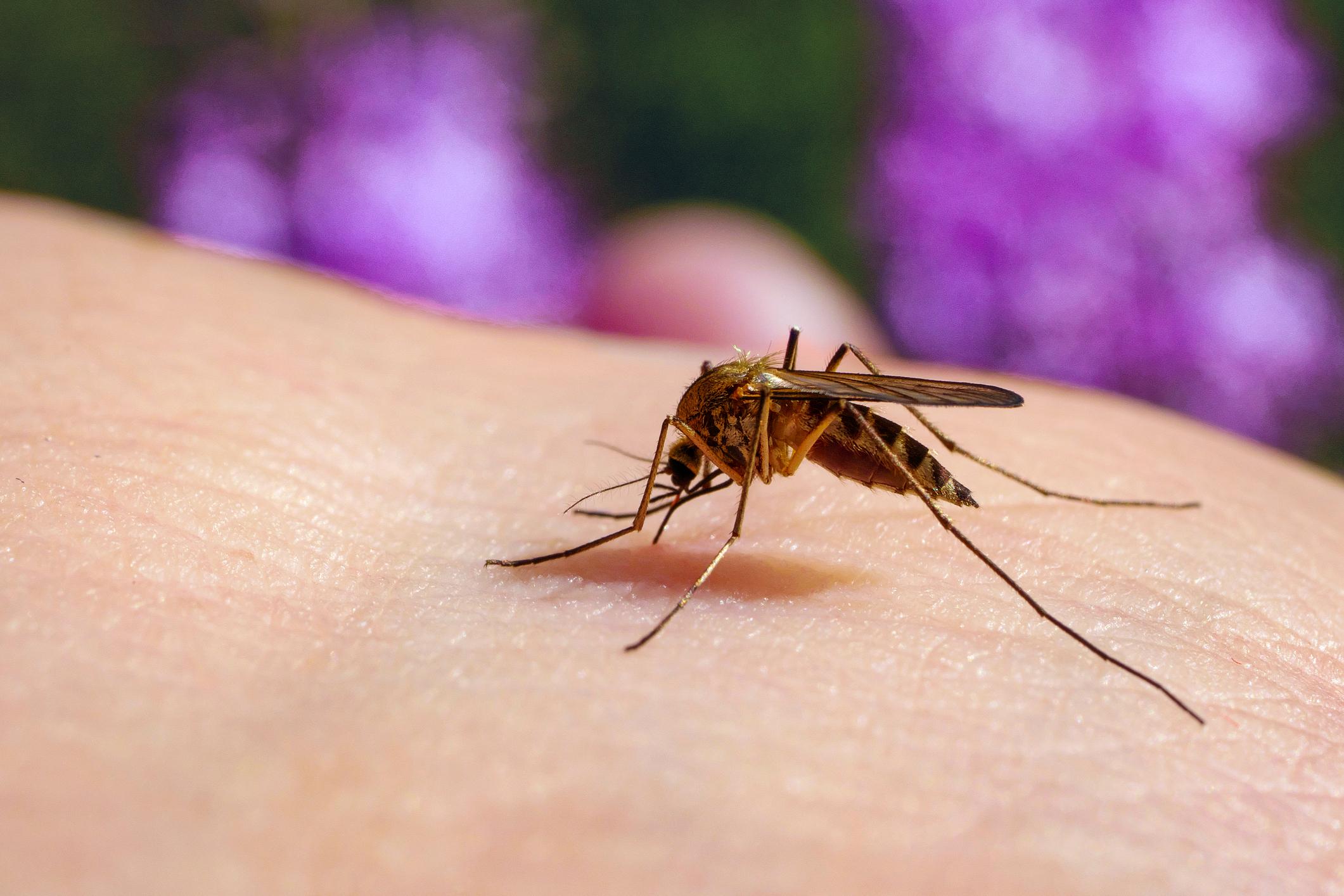
When do you have a dangerously high fever?
Fever itself is never dangerous, but the underlying illness can be. In fact, when fighting pathogens such as viruses, fever is helpful; sweating is therefore better than taking a pill. General practitioner Bart Timmers answers seven questions about fever and body temperature.
1. When do you have a fever?
In short: if your body temperature is 38 degrees or higher, you have a fever. Our body temperature is regulated by a small part of the brain (it hangs just below it): the hypothalamus. More specifically, the anterior part of the hypothalamus. It contains a kind of thermostat that maintains your body temperature. On average, it is around 37 degrees, with peaks up or down, but in normal circumstances always below 38 degrees. The temperature at which the thermostat is set is called the set point. Due to some substances, which are released during an infection, for example, the thermostat of our body is set a little higher. The result: the blood vessels in the skin close. The skin no longer gives off heat and feels cold, the internal temperature rises. The body increases its muscle activity – you start to shiver – causing the temperature to rise even more. When the new set point is reached, the skin feels warm and clammy again and you sweat more, so that the temperature does not rise further.
2. Does everyone ever get a fever?
Some people I see in the doctor’s office say they never have a fever. Actually, that’s not right. What is correct is that everyone has their own average temperature, which can be 36.1 for one and 37.5 for the other. But those 38 degrees do form a hard limit, that is the definition of a fever. Some people will be more susceptible to infection than others, but if there’s no fever, that’s saying something to everyone. With a very few exceptions. For example, people at an advanced age can sometimes react late with a fever, or do not reach such a high temperature. But fever is fever!
3. What is the use of a fever?
Fever enables the body to better initiate a good immune response. Usually it is viruses or bacteria that provoke the body to get a fever. They pose a threat to the body and must be removed as soon as possible. Increasing the temperature makes it easier for the body to attack and eliminate the harmful factors. There are a few other possible causes. For example, a different type of immune response can also cause a fever. For example, an autoimmune disease, in which your body targets its own cells. Even after a vaccination you sometimes see an immune reaction that can be accompanied by fever. After operations, we sometimes also see that the body temperature does not rise due to an infection, but purely due to the recovery response of the body. This can also happen with large bruises. But infections are the main cause of fever.
4. What do cold sores and hay fever have to do with a fever?
Cold sores and hay fever are two relatively common conditions with “fever” in the name, which have nothing to do with fever. Well, maybe just a little bit. Because the cold sore is very occasionally accompanied by a fever. But usually not. A cold sore is a skin infection with a herpes virus. That virus likes to retreat into nervous tissue and can stay there for years without any problems. But if the resistance is lowered, for example due to stress, lack of sleep or other causes, then that virus can come out again. This often happens at the lip, but it can sometimes happen in other places as well. You often notice that the virus is in such a nerve by the tingling sensation that precedes an infection. The reason why it’s called a cold sore probably has to do with the fact that you can have a fever at the same time, but from a different cause. At such a moment your resistance is low and then such a cold sore can occur. Hay fever is an allergic condition in which you react to grass and tree pollen. It is probably called a fever because the person who has hay fever can feel feverish when the complaints are bad. But its temperature will usually be normal.
5. What is the best way to measure your temperature?
There is a difference between feeling feverish and having a fever. This has been studied in children: if parents feel the child and think that there is a fever, in more than half of the cases this is not the case. Conversely, if they think there is no fever, it usually is. What I sometimes experience in practice is that someone thinks they don’t have a fever, but when we measure it, there is. For example, with appendicitis, the temperature can be 38.5 degrees. That is not very high and you will therefore not feel feverish. But for doctors, this can make a very vital difference. That is why it is good to always measure the temperature before you decide to call for medical help. The best way to measure the temperature is rectally (through the anus). Measuring with an ear thermometer is much faster and easier. That is why we as doctors are happy with ear thermometers, because in many cases it is more important to know that there is a fever than to know the exact height. However, it is important to know. Such an ear thermometer can measure the temperature a little less precisely; on average, the difference is about 0.2 degrees. In practice, therefore, we sometimes measure two or three times. With an ear infection, we suspect that the temperature we take through the ear is not correct, but this has not been proven.
6. When do you have a dangerously high fever?
A more important question than this is perhaps: does the height of the fever say something about the severity? And that is generally not the case. You often feel worse with a higher fever. But you can have something serious with a low-grade fever and a relatively harmless flu with a very high fever (roughly above 40 degrees). Fever in itself is never dangerous; the underlying disease may well be. In order to make the distinction, it is good to pay attention to a number of alarm symptoms, i.e. signals that something serious may be wrong. We are familiar with these signals from studies, which, incidentally, are often mainly done with children. One of the most important is the doctor’s intuition – but in children also that of the parent. Drowsiness or markedly accelerated breathing can also be an alarm symptom.
7. Do you heal faster if you suppress a fever?
No, because a fever strengthens your defenses against pathogens. In principle, you do not need to lower a fever. The only reason to do it is when it bothers you a lot or when you are in pain. Then paracetamol (as first choice) or ibuprofen (as second choice) is a suitable remedy.
This article previously appeared in Plus Magazine February 2022. Want to subscribe to the magazine? You can do that in an instant!
Sources):
- Plus Magazine














